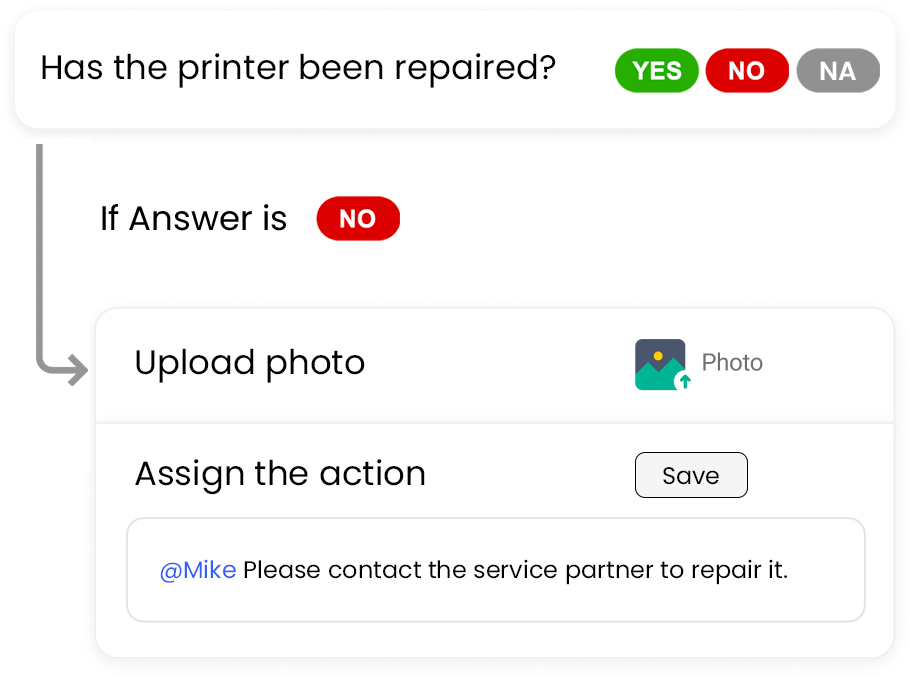
Preparation of food is not enough, keeping an eye on all the processes is equally important. Starting from the selection of food items until it is packed and made available to consumers, it is essential for you as a manufacturer to be aware of food safety.
Pulse allows you to edit the checklists from the library to suit your specific needs. With our smart checklist builder and editor, you can infuse logic in your questions for more clarity and better visibility.
SIGN UP TO EDIT TEMPLATES
Pulse helps you convert your existing inspection templates into digital ones. Simply upload them in PDF, Excel and Word format and leave the rest for our support team. We will get back to you with digital forms.